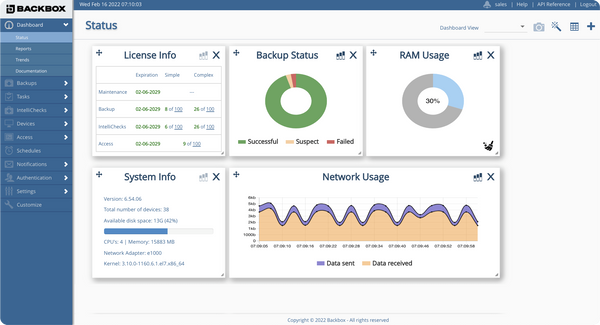How case studies can elevate your content-led GTM approach
3 ways to write better B2B case studies and have them work harder for your sales team.

(This article was first published here, and then picked up and expanded for the Go-to-Market Alliance, for which I'm an ambassador. I suggest making sure you check out my longer, more in-depth version on their site.)
Case studies are one of the most powerful content tools in GTM playbook. Here are three things you should consider to make the most of them:
- Case study objectives
- Case study structure
- Case study activation
Case study objectives
When you write a case study, you're telling a story. That's obvious. What's less obvious is: who's the audience?
That's a trick question. There are two audiences. It's written for prospects (or customers) and to help sales people. Therefore, each case study has to do a lot of heavy lifting.
Case studies have to tell the story. Focus on the outcomes achieved while also telling a story that's differentiating and creates a sense of urgency (compelling).
We often forget the sales side of things and only share setup and outcomes without considering differentiation and urgency. That's a mistake. Every piece of content must help the sales person move a prospect along the sales cycle.
Without a sense of urgency where's the impetus to take action?
Without laying the ground work for differentiation, why would that action be taken with your company instead of a competitor?
How do you create a case study that adds in differentiation and urgency? The answer to this question lies in the case study structure and activation.
Case study structure
Three things about case studies that elevate their impact:
- The story starts way earlier than most people think. The story should start at the moment the customer realized they needed some help. It should walk through the process the customer used to evaluate alternatives. Then, it should talk about the implementation and results of the solution. Too often case studies start with a definition of the problem without walking through all the stuff that happens before a solution is selected. That's a missed opportunity.
- The story engenders empathy in the reader. Too often case studies stick to the facts. The richness of the best case studies I've read lives in the color outside of the pure facts. Write the story in such a way as to bring out the people in the story, their roles and the challenges they were facing. Give the reader someone to empathize with, to relate to.
- The story has measurable metrics that result from the implementation. While empathy is important, so are metrics. These can be pre-purchase metrics too. Anything from the sales cycle is fair game. At my current company, we do POCs in under an hour. Our competitors can't match that, it takes them longer to install their software than it does for us to get ours running and doing its job. See what metrics you can surface because people like to measure results. And, sometimes you'll find the best metrics are the internal ones your customer uses to measure results not the ones you wish they'd use.
So, we've got objectives of writing a story that's focused on outcomes, written in a way that's differentiating and compelling. In that story we start from the very beginning, engender empathy in the reader by telling the story of the people, not just the product, and provide measurable results that the customer themselves use to judge the project.
There's one last step... creating urgency.
Case study activation
Whether it's a landing page, social media, a powerpoint... this case study gets activated somewhere (likely in more than one place). It needs highlights that you can use to get people's attention, and once again, I think people miss one useful step that I find important.
They miss relevancy.
Specifically, they miss the opportunity to make themselves compelling when relevant news hits the wire.
Grab headlines. Tie the headline back to the use case. For example, I used to work in the integration space. We had healthcare API stuff. Did you know that over $2B is wasted in US healthcare because of missed appointments? That's a pretty catchy headline. Could I frame my solution inside that $2B opportunity? You bet I could.
And it doesn't have to be that complicated. I now work for a company that has solutions in the network security space. Each time a vendor end-of-life's a product it's an opportunity for me to remind prospects that end-of-life products don't get security updates.
It's the headline that's going to be compelling. Complement the headline with quotes from your customers (that should be in your case studies) and the winning metrics from your case studies. This thruple - the headline, the quote, and the metric - becomes your highest level elevator pitch to get people's attention.
Find the stories your prospects are reading, tie the compelling event back to your stories, drop in a customer quote and a metric, and you'll find that your case studies hit much harder than they otherwise would.
It's going to be repetitive
A final point to keep in mind. As you build your case study library, it's going to feel repetitive. That's OK. Everything we do in content generation is repetitive. That's the whole point. We understand our own unique value propositions, our own competitive differentiation, and then put it out into the market with stories that create a sense of urgency to drive pipeline. That's GTM.
This tweet by Alex, a prolific content creator, sorta sums it up.





